一种高效求解压力容器问题的双层循环蚁群算法
2023-12-29王永彬胡玉山
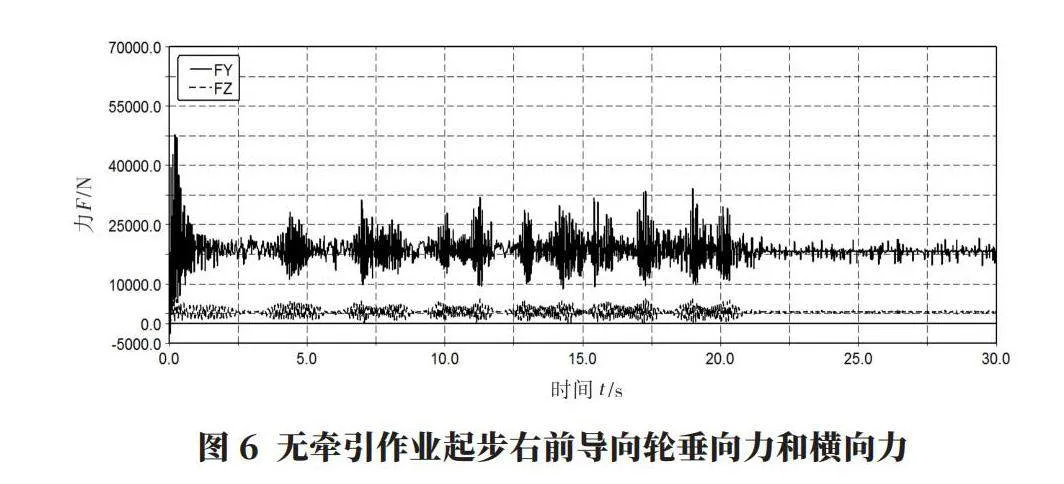
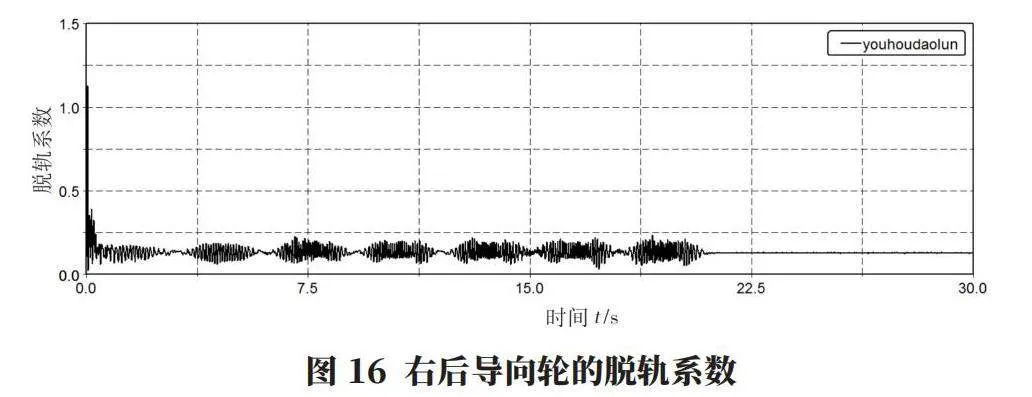
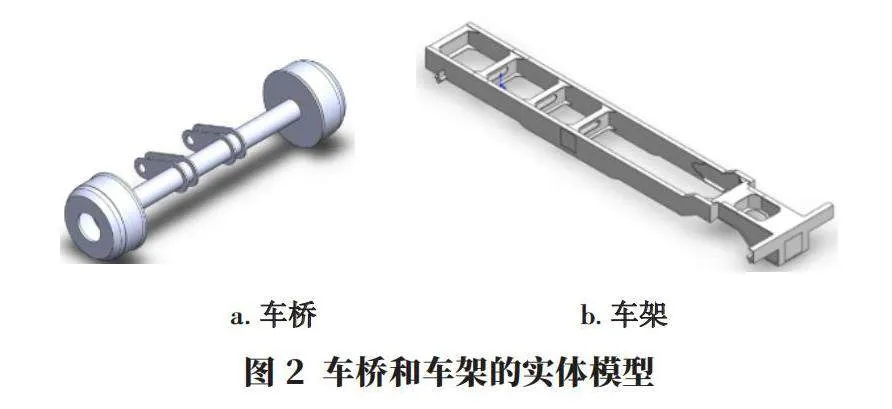
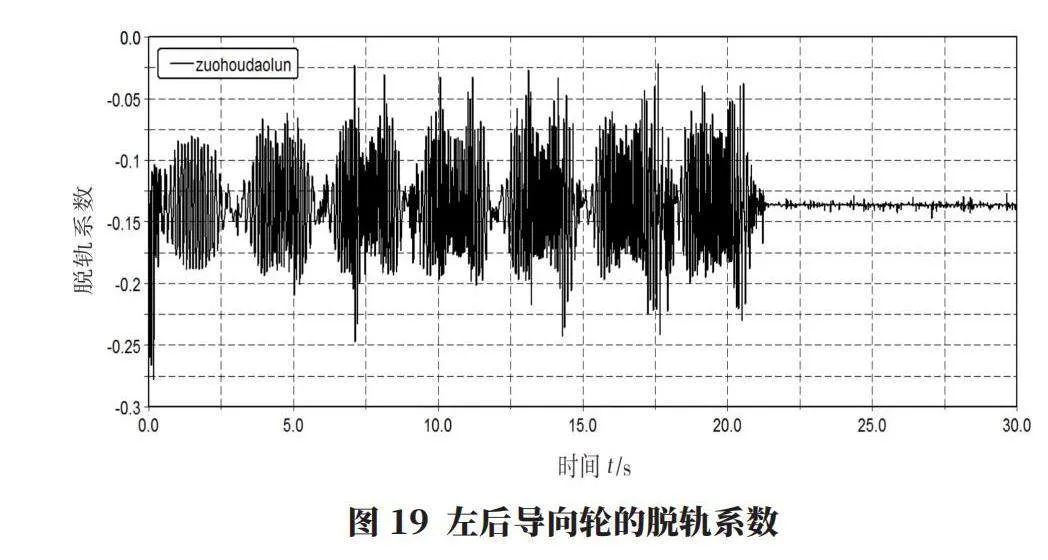
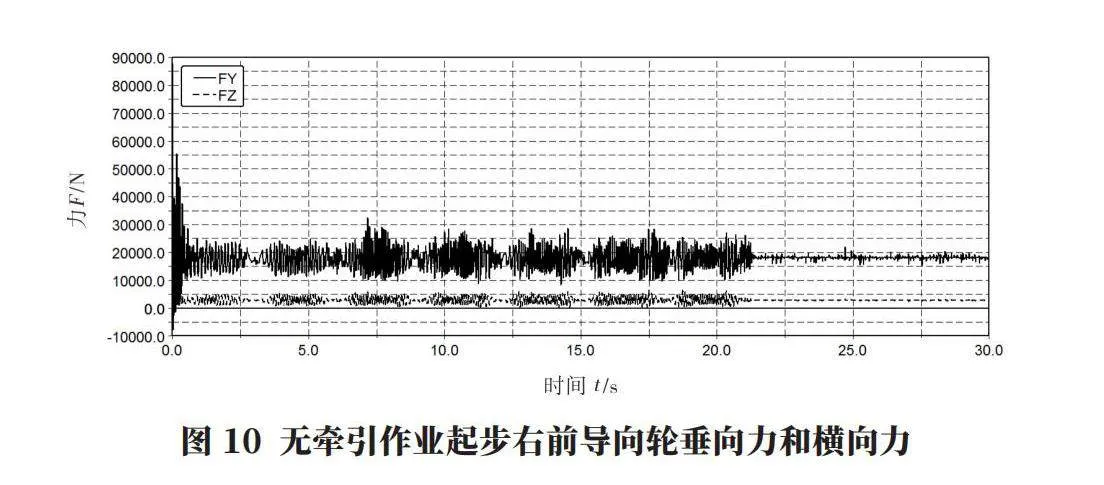
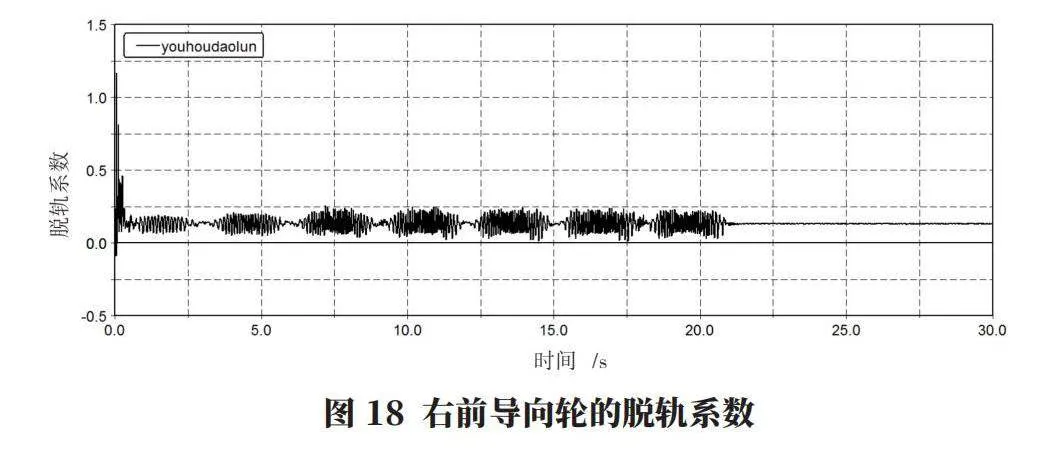
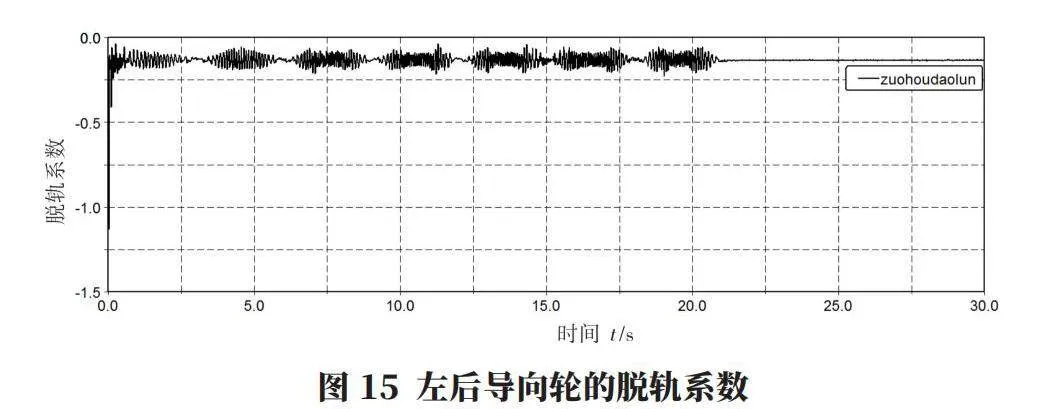
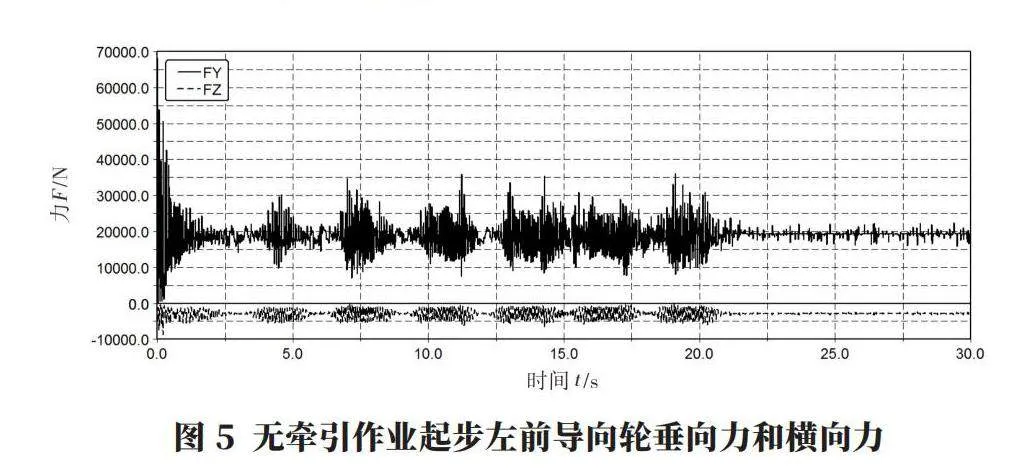
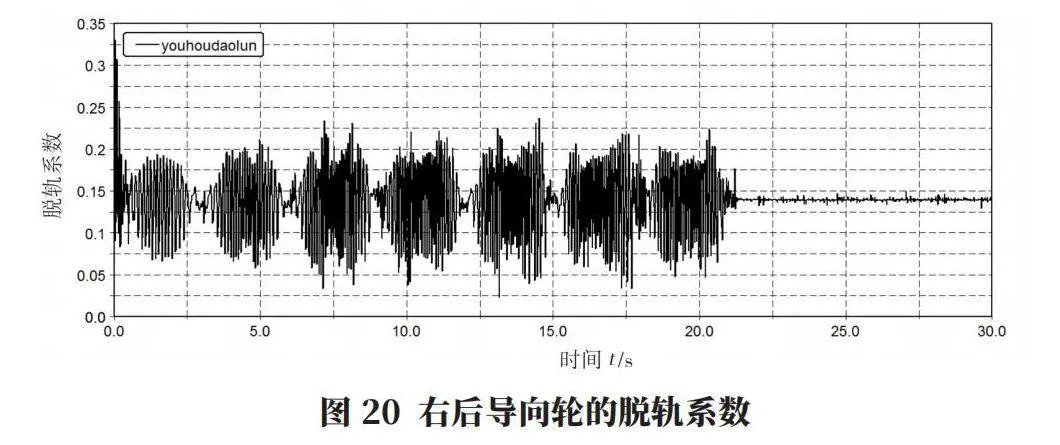
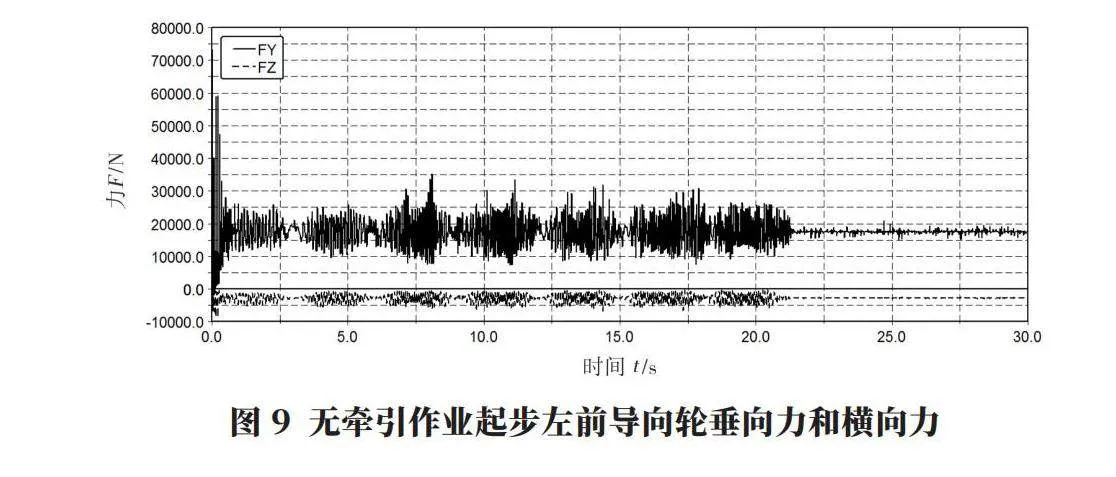
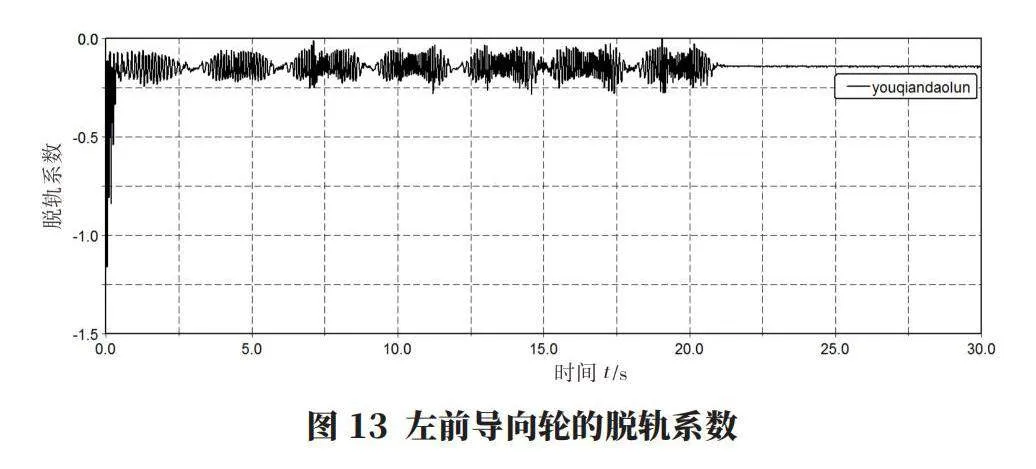
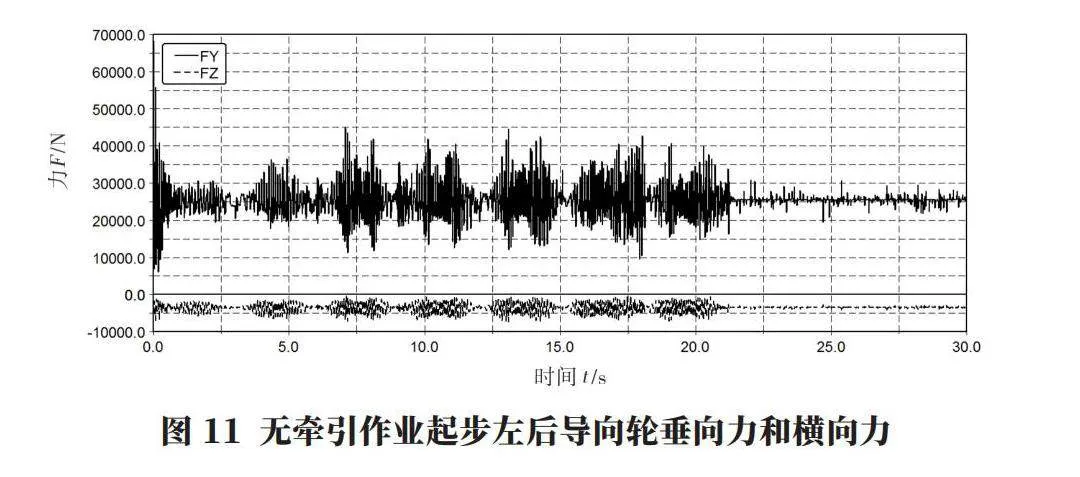
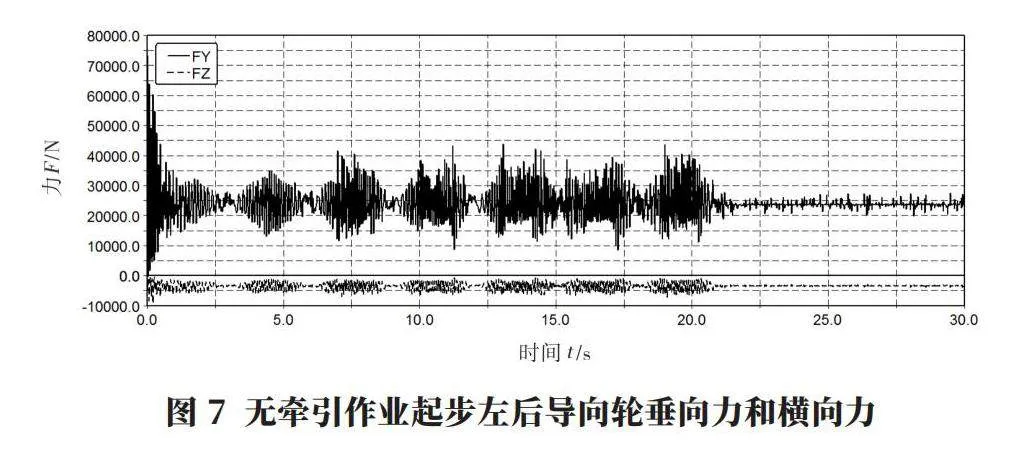
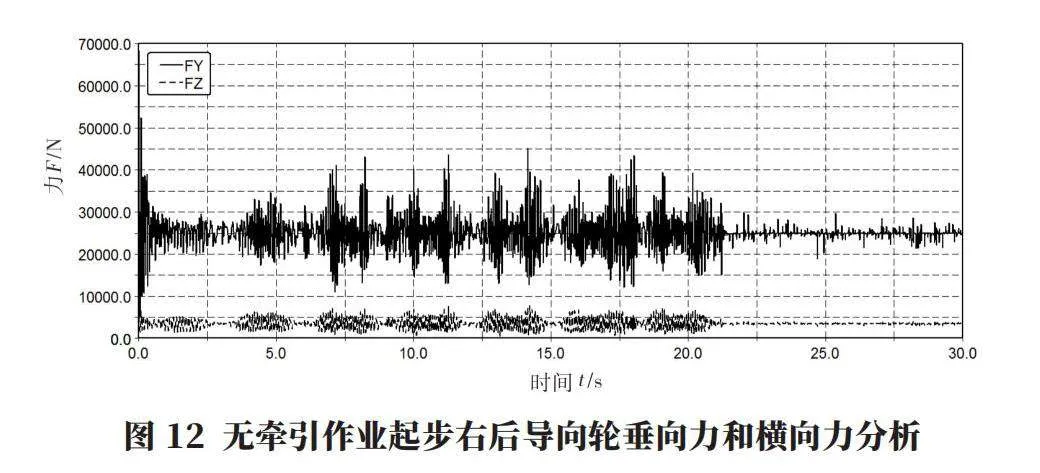

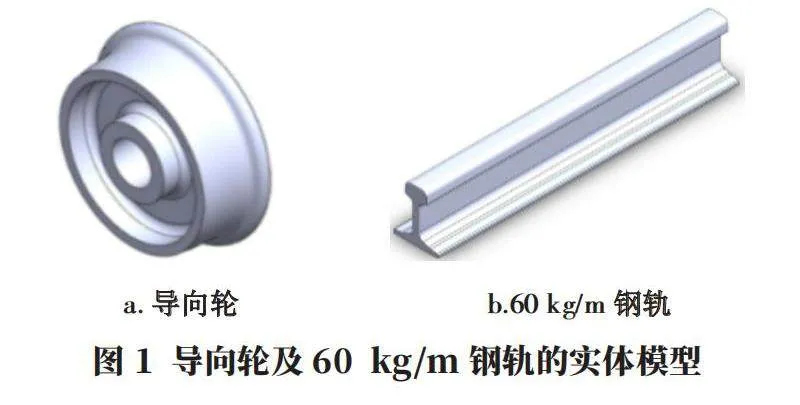
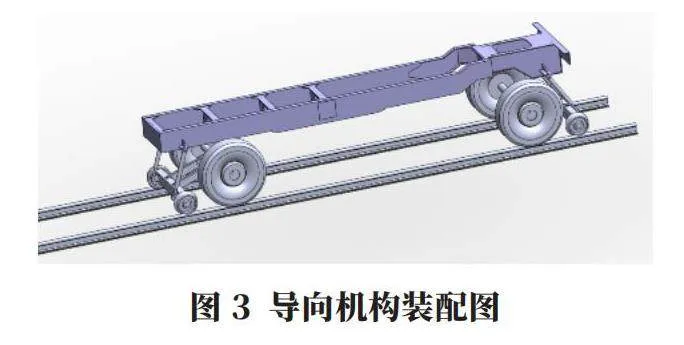
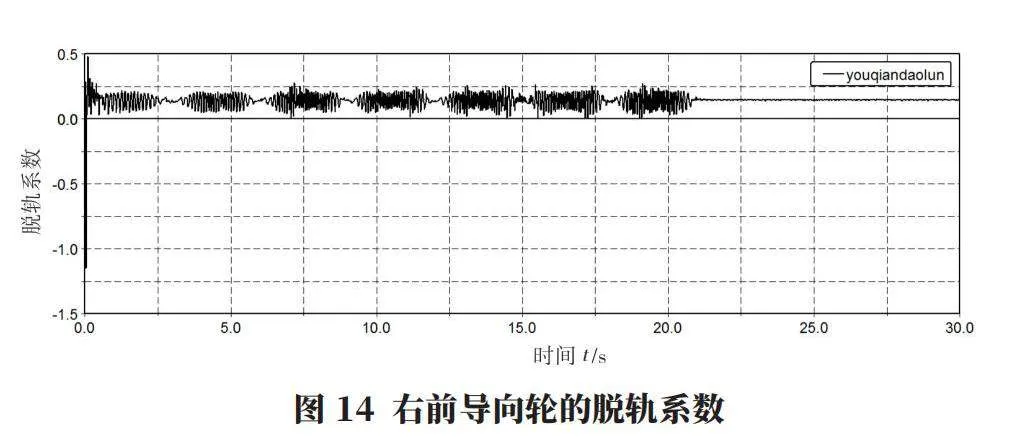
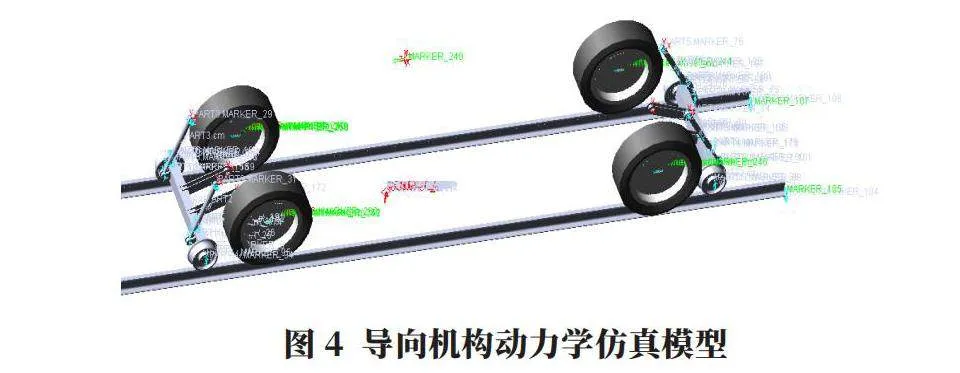
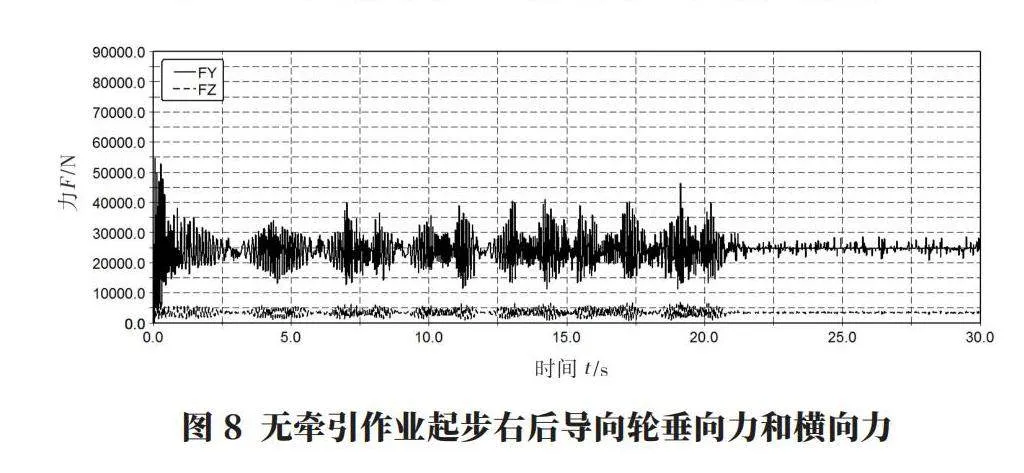
摘要:压力容器的设计具有冗杂性,设计人员需要严格按照相关法规及设计标准确保压力容器的稳定性和安全性。本文提出了一种双层循环蚁群算法,将压力容器的设计过程简化为求解一个多目标优化问题,在满足GB/T 150—2011《压力容器》和GB/T 19905-2017《液化气体汽车罐车》设计要求的前提下,高效地搜索全局最优解。
关键词:结构可靠度优化;压力容器;双层循环蚁群算法
中图分类号:U469.7 收稿日期:2023-07-22
DOI:10.19999/j.cnki.1004-0226.2023.10.011
1 前言
结构可靠度优化算法是对目标函数和约束条件从概率意义上进行度量,用概率约束代替传统的确定性约束[1-3]。一般来说,优化模型定义如下:
其中,[C(d,μ)x]和[d]为目标函数和设计变量,[μx]为随机变量x的均值。[Gi]为第i个功能函数,[Pf]为功能函数的失效概率,[dL]和[du]分别为[d]的上下边界。
在结构可靠度优化算法中,概率约束的处理直接影响着优化方法的计算精度、计算效率和收敛性[4-6]。双层循环算法[7-9]将可靠度的计算流程分为双层优化循环,内循环求解可靠度指标,外循环收敛目标值。Nikolaidis和Burtissc[10]提出了可靠度指标法,使用可靠度指标约束代替概率约束,将求解失效概率转化为求解最可能失效点,降低了可靠度优化的求解难度。解耦法[11-13]将优化问题中的可靠度分析循环与确定性循环分离,将其转化为一系列确定性子优化问题,循环求解,直至找到最优解。单层循环方法[14-16]采用Karush-Kuhn-Tucker条件代替原可靠度分析过程,由KKT条件推导出近似可靠度信息有效地减少了可靠度优化的计算成本。
尽管这些经典的优化算法得到了广泛的应用,但它们并不适合解决一些复杂的优化问题[17-19]。本文参考蚁群的觅食行为,对经典算法进行改进,提出了一种具有全域搜索能力的概率优化算法,即双层循环蚁群算法(Double-loop ant-colony algorithm,DAA)。DAA算法使用设计域中的样本点来模拟蚁群觅食时的移动行为。其中,内层循环使用改进的均值方法求解功能度量约束更新每只蚂蚁的位置,外层循环基于两个目标值的差值作为停止判据,保证目标值的准确性。所提DAA算法可以有效地避免局部最优解的干扰,在全域有效地搜寻最优值。
2 DAA算法
本文所提出的DAA算法基于以下三个假设:
a.蚂蚁没有性别区分,蚂蚁只会被同伴所释放的信息素所吸引。
b.蚂蚁发现食物时,会释放信息素,蚂蚁距离食物越近,所释放的信息素越强。
c.蚂蚁如果没有接收到同伴所释放的信息素,将会在域内随机移动。
其中,蚂蚁由域中的样本点xi=(x1,x2,…,xu)T,i=1,…,n表示,蚂蚁所释放信息素的强度由C(xi)计算,信息素对同伴的吸引力[θ]计算如下:
式中,[θ0]为r=0时的最大吸引力,蚂蚁xi与蚂蚁xj之间的距离为笛卡尔距离:
在第k次迭代时,蚂蚁[xi]的位置更新可以表示为:
式中,[α]是随机参数,[εki]是高斯分布中抽取的随机向量。
3 DAA算法优化模型
在DAA算法中,将蚂蚁的位置[xk+1i]看作为最小性能目标点,可以得到该算法的可靠度优化模型:
上述所提的DAA算法通过求解逆可靠度问题把可靠度指标约束转化为功能度量约束,将蚂蚁在初始域中的位置[xi]转换为标准域中的位置[μi],可以得到以下优化列式:
式中,[n(uki)]和[∇uiG(d,uki)]分别表示功能度量函数在第k次迭代时的方向向量和灵敏度向量。
该算法的可靠度优化模型同样使用罚函数法将非线性约束转化为一个更容易求解的无约束优化问题。对于不等式约束[Gi(x)]和非线性等式约束[Hj(x)],响应函数[G(x)]可以定义为:
式中,[c(x)]为优化问题的目标值;[ri]和[tj]是惩罚项的系数,它们的值取决于具体的优化问题。
对于DAA来说,每只蚂蚁的移动速度具有一定的随机性。为保证目标值的准确性,每隔20次选取萤火虫种群的最优位置作为当前最优目标值,并且根据连续两次当前最优目标值的差值作为结束循环的判定判据:
一般来说,DAA算法使用50只蚂蚁就可以解决大多数优化问题。上述所提出方法的步骤,可以总结为图1所示的伪代码。
RBDO approach using DAA
Step 1 Set the parameters of DAA
Input the boundaries of the design variables
Determine the convergence precision [ε]
Iteration counters k=0 and l=0
Generate the initial locations of n ants
Step 2 While (k<20)
Evaluate the solution for all n ants using AMV
Determine the light intensity C for each ant by objective function C(x)
For i=1∶n all n ants
For j=1∶i all n ants
If (Cj>Ci)
Move ant xi towards xj
End if
Attractiveness varies with distance r via
[exp-γr2]
End for j
End for i
Rank the ants and find the current best
End while
Step 3 Output the current best objective value [Cl]
l=l+1
If l=1
Return to Step 2
Else
If [Cl-Cl-1/Cl≤ε]
Output the best objective value [C∗=Cl]
Else
Return to Step 2
End
4 DAA算法在压力容器设计中的应用
先使用一个简单的数值算例对所提DAA算法进行说明。这个例子有两个独立的随机变量和三个概率约束。随机变量服从[σx=σy=10]的正态分布,目标可靠度指标[βt=4]。
根据公式(9),蚂蚁的觅食范围为[x∈(-400,300)],[y∈(-400,300)],蚁群数量为50只。每只蚂蚁移动200次,所寻得的食物位置为(237.908,11.820)T。
现将压力容器的设计过程简化为求解一个多目标优化问题。假设压力容器采用Q420R板材,抗拉强度Rm=655 MPa,屈服强度Rel=420 MPa,可以得到板材的许用应力为:
根据客户的使用需求,该罐体的设计压力为0.7 MPa,焊接接头系数[ϕ=1],板材负偏差c1=0.3 mm,腐蚀余量c2=1 mm。根据GB 19905-2017耐压试验要求,罐体的液压试验需满足公式(11):
此外,筒体的计算应力[σT]还需满足公式(12):
其中,圆筒的内直径[Di=2 400 mm],液压试验压力[pT]可以由公式(13)计算:
根据GB/T 150.3-2011,设计温度下圆筒的最大允许工作压力[pw]需满足公式(14):
由上面公式可以得到压力容器的优化模型如下:
使用DAA算法对公式(15)进行求解,蚁群数量为50只,得到筒体的有效厚度为4.70 mm,筒体的计算厚度4.21 mm,液压试验压力下圆筒应力为232.80 MPa。将所求结果代入公式(11)、公式(12)和(14)中进行校核,所求结果满足相关法规设计标准及客户的使用需求。
5 结语
本文通过对双层循环蚁群算法的研究,及在相关压力容器计算中的举例应用,论证了算法与标准规定公式的一致性,探索科学算法在罐车复杂计算中应用的可能性,为技术研发与创新提供了一种全新的研究方案。
参考文献:
[1]L. Ungki , K. Namwoo and L. Ikjin, “Selection of Optimal Target Reliability in RBDO through Reliability-Based Design for Market Systems (RBDMS) and Application to Electric Vehicle Design,” Structural and Multidisciplinary Optimization, 60(3), pp. 949-963, March 2019.
[2]J. Romero and N. V. Queipo, “An ANOVA Approach for Accounting for Life-Cycle Uncertainty Reduction Measures in RBDO: The FSAE Brake Pedal Case Study,” Structural and Multidisciplinary Optimization, 57(6), pp. 2109-2125, June 2018.
[3]Z. Meng, D. Q. Zhang and G. Li, “An Importance Learning Method for Non-Probabilistic Reliability Analysis and Optimization,” Structural and Multidisciplinary Optimization, 59(4), pp. 1255-1271, April 2019.
[4]J. H. Chun, J. H. Song and G. H. Paulino, “Structural Topology Optimization under Constraints on Instantaneous Failure Probability,” Structural and Multidisciplinary Optimization, 53(4), pp.773-799, April 2016.
[5]Z. Meng and H.L. Zhou, “New Target Performance Approach for a Super Parametric Convex Model of Non-Probabilistic Reliability-Based Design Optimization,” Computer Methods in Applied Mechanics and Engineering, 339(9), pp. 644-662, September 2018.
[6]J. C. Barbosa, H. S. Bernardino and J. S. Angelo, “An Improved Differential Evolution Algorithm for Optimization Including Linear Equality Constraints,” Memetic Computing, 11(3), pp.317-329, March 2019.
[7]W. Y. Liu and L. N. Xing, “The Double Layer Optimization Problem to Express Logistics Systems snd Its Heuristic Algorithm,” Expert Systems with Applications, 41(1), pp. 237-245, January 2014.
[8]V. T. Dao, H. Ishii and Y. Hayashi, “Double-Layer Optimization of Home Energy Management Systems with Volt-Watt Functions,” IEEJ Transactions on Electrical and Electronic Engineering, 14(5), pp. 705-715, May 2019.
[9]Z. Rosario, R. W. Fenrich and G. Iaccarino, “Cutting the Double Loop: Theory and Algorithms for Reliability‐Based Design Optimization with Parametric Uncertainty,” International Journal for Numerical Methods in Engineering, 118(12), pp. 718-740, June 2019.
[10]Z. Meng, H. L. Zhou, G. Li and D. X. Yang, “A Decoupled Approach for Non-Probabilistic Reliability-Based Design Optimization,” Computers and Structures, 175(7), pp. 65-73, July 2016.
11]E. Nikolaidis, R. Curdisso, “Reliability-Based Optimization: A Safety Index Approach,” Computers and Structures, 28(6), pp. 781-788, June 1988.
12]R. G. Mohammad, V. C. Charles and D. Babak, “Novel Decoupled Framework for Reliability-Based Design Optimization of Structures Using a Robust Shifting Technique,” Frontiers of Structural and Civil Engineering, 13(4), pp. 800-820, April 2019.
[13]T. Chatterjee, R. Chowdhury and P. Ramu, “Decoupling Uncertainty Quantification from Robust Design Optimization,” Structural and Multidisciplinary Optimization, 59(6), pp. 1969-1990, June 2019.
[14]Z. Meng, D. X. Yang and H. L. Zhou, “Convergence control of single loop approach for reliability-based design optimization,” Structural and Multidisciplinary Optimization, 57(3), pp.1079-1091, March 2018.
[15]S. B. Jeong and G. J. Park, “Single Loop Single Vector Approach Using the Conjugate Gradient in Reliability Based Design Optimization,” Structural and Multidisciplinary Optimization, 55(4), pp. 1329-1344, April 2017.
[16]B. Keshtegar and H. Peng, “Enhanced Single-Loop Method For Efficient Reliability-Based Design Optimization With Complex Constraints,” Structural and Multidisciplinary Optimization, 57(4), pp. 1731-1747, April 2018.
[17]L. Chen, H. L. Liu, K.C. Tan and Y. M. Cheng, “Evolutionary Many-Objective Algorithm Using Decomposition-Based Dominance Relationship,” IEEE Transactions on Cybernetics, 49(12), pp. 4129-4139, December 2019.
[18]M. H. Ahmadi, M. A. Ahmadi and S. A. Sadatsakkak, “Thermodynamic Analysis and Performance Optimization of Irreversible Carnot Refrigerator by Using Multi-Objective Evolutionary Algorithms (Moeas),” Renewable and Sustainable Energy Reviews, 51(11), pp. 1055-1070, November 2015.
[19]A. L. Bustamante, J. M. Molina and M. A. Patricio, “MIJ2K Optimization Using Evolutionary Multiobjective Optimization Algorithms,” Expert Systems with Applications, 38(9), pp. 10999-11010, September 2011.
作者简介:
王永彬,1980年生,男,工程师,研究方向为罐式车辆结构优化研发。
